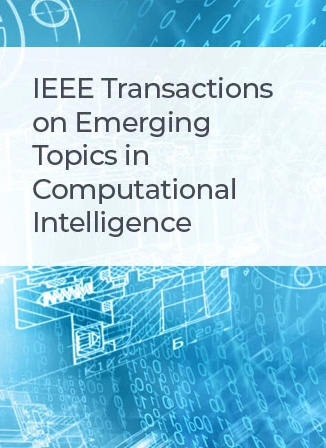Simultaneously Learning Deep Quaternion Reconstruction and Noise Convolutional Dictionary for Color Image Denoising
IF 5.3
3区 计算机科学
Q1 COMPUTER SCIENCE, ARTIFICIAL INTELLIGENCE
IEEE Transactions on Emerging Topics in Computational Intelligence
Pub Date : 2024-09-03
DOI:10.1109/TETCI.2024.3449924
引用次数: 0
Abstract
Recently, many deep convolutional dictionary learning-based methods, integrating the traditional image representation methods with deep neural networks, have achieved great success in various image processing tasks. However, the existing approaches can be further improved with the following considerations: (1) They congenitally suffer from the high cross-channel correlation loss for color image processing tasks since they usually treat each color channel independently, not in a whole perspective. (2) They only build up a single reconstruction dictionary learning model to directly approximate images using several single dictionary atoms, which cannot make full use of the representative ability of the model. In this paper, we propose a simultaneously learning deep quaternion reconstruction and noise convolutional dictionary model. To fully explore the cross-channel correlation, we use the quaternion method to process the color image in a holistic way. An adaptive attentional weight of reconstruction and noise learning module is also developed for the optimal combination between reconstruction and noise learning. Experimental results for synthesis and real color image denoising have demonstrated the superiority of the proposed method over other state-of-the-art methods.求助全文
约1分钟内获得全文
求助全文
来源期刊

IEEE Transactions on Emerging Topics in Computational Intelligence
Mathematics-Control and Optimization
CiteScore
10.30
自引率
7.50%
发文量
147
期刊介绍:
The IEEE Transactions on Emerging Topics in Computational Intelligence (TETCI) publishes original articles on emerging aspects of computational intelligence, including theory, applications, and surveys.
TETCI is an electronics only publication. TETCI publishes six issues per year.
Authors are encouraged to submit manuscripts in any emerging topic in computational intelligence, especially nature-inspired computing topics not covered by other IEEE Computational Intelligence Society journals. A few such illustrative examples are glial cell networks, computational neuroscience, Brain Computer Interface, ambient intelligence, non-fuzzy computing with words, artificial life, cultural learning, artificial endocrine networks, social reasoning, artificial hormone networks, computational intelligence for the IoT and Smart-X technologies.
 求助内容:
求助内容: 应助结果提醒方式:
应助结果提醒方式:


